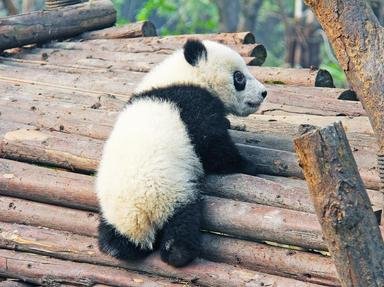Quiz Answer Key and Fun Facts
1. Why is the Japanese macaque (Macaca fuscata), also known as a snow monkey?
2. Found in the boreal forests of mainland Japan, the Japanese marten is most closely related to what other member of the Mustelidae (weasel) family, known for its luxurious dark fur?
3. Not for plucking! Which colorful creature is Japan's national bird?
4. The Okinawa habu is a pit viper found in the Ryukyu Islands. Is this snake venomous?
5. What type of animal is a koi?
6. The Bonin white-eye is a small songbird endemic to the Bonin Islands. Essential for the healthy growth of the lush forests, what main role is played by these birds in these islands' ecosystem?
7. Normally a name associated with domestic pets, which wild and endangered animal is found exclusively on the Japanese Island of Iriomote?
8. One of the country's national symbols, what type of animal is the Japanese serow?
9. As its name implies, the Okinawa rail is endemic to Okinawa, the largest of the Ryukyu Islands. What characteristic of this rare bird species makes it particularly vulnerable to predators?
10. Although living their entire lives in freshwater unlike most of this family of fishes which migrate to seawater, the Kirikuchi char is part of which taxonomic family?
Source: Author
MikeMaster99
This quiz was reviewed by FunTrivia editor
rossian before going online.
Any errors found in FunTrivia content are routinely corrected through our feedback system.
